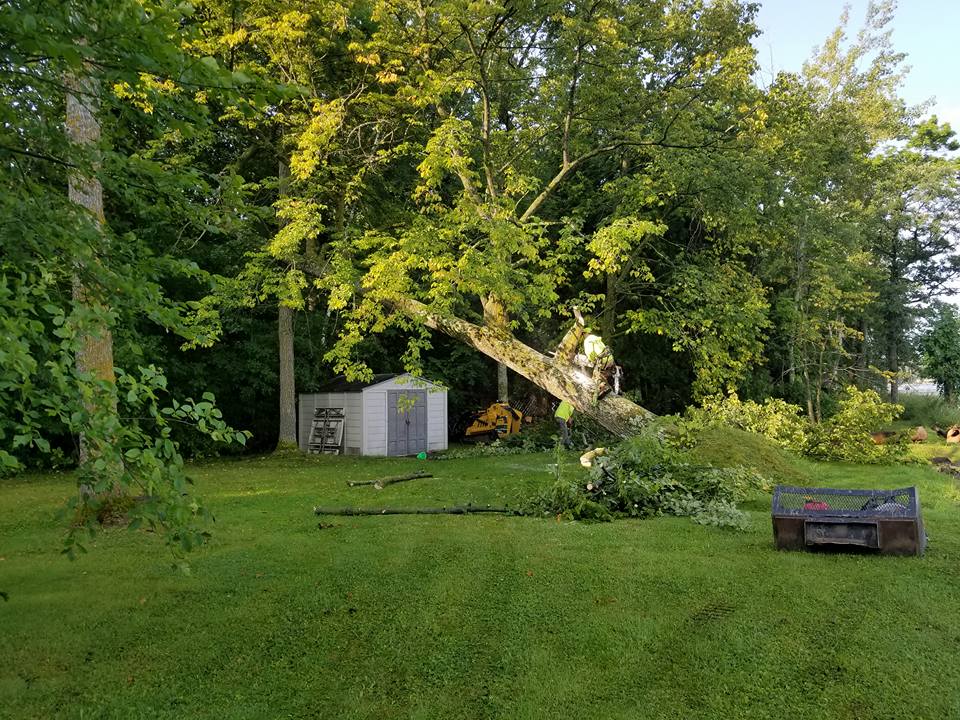

If you've noticed a tree in your yard leaning to one side, it might prompt concerns about its health and stability. Leaning trees can result from various factors, including natural growth patterns, environmental stressors, and the effects of old age. At Nic’s Works LLC Tree Service in Brainerd, MN, we understand the importance of maintaining healthy trees and the potential dangers that leaning trees can pose. Let's explore why trees lean and what options you have to address the issue.
1. Natural Growth Patterns: Trees naturally grow towards sunlight. If a tree is in an environment where sunlight only reaches one side—like near taller trees or structures—it may lean in that direction as it stretches to access sunlight. This is known as phototropism and is a common occurrence, especially in young trees.
2. Soil Conditions: The type and condition of the soil can significantly affect tree stability. If the soil is loose, compacted, or has experienced erosion, it may not provide adequate support for a standing tree. Additionally, saturated soils from excessive rain can lead to instability.
3. Damage: Physical damage from storms, high winds, or even animal activity can cause trees to lean. Serious winds might uproot a tree or cause it to snap partially, resulting in an uneven growth pattern.
4. Old Age and Decay: As trees age, they can become susceptible to rot or other diseases, which can compromise their structural integrity. If the root system is compromised or the trunk is weakened, the tree may lean dangerously to one side.
At Nic’s Works LLC Tree Service, we encourage prompt action when you spot a leaning tree. The first step is to assess the severity of the lean and identify the underlying cause. Here are the options we offer:
• Trimming: In cases where the lean is not severe, strategic trimming can help restore balance. Removing excess branches on one side can reduce weight, allowing the tree to realign itself over time.
• Shoring Up: For trees with a mild lean, shoring up can stabilize them. We use cables or braces to help support the tree while it adjusts or regains strength. This method can be effective, especially for trees in otherwise good health.
• Monitoring: For trees that are slowly leaning but show no immediate signs of danger, monitoring the tree's condition may be the best course of action. Regular inspections can help you gauge whether the leaning is stable or worsening.
• Removal: If a tree presents a danger due to its lean, particularly if it's near homes, driveways, or power lines, removal may be necessary. Our expert team is equipped to safely cut down and remove trees, disposing of them responsibly and minimizing damage to the surrounding area.
Leaning trees should not be ignored. While some individuals may simply require a minor adjustment or support, others may pose an imminent risk if left unaddressed. At Nic’s Works LLC Tree Service in Brainerd, MN, we are committed to helping you manage your trees responsibly. Whether it’s through trimming, shoring up, or safely removing a tree, our team has the expertise and equipment to assist you.
If you have any concerns about a leaning tree on your property, don’t hesitate to reach out and schedule a consultation today! Your safety and the health of your trees are our top priorities.
